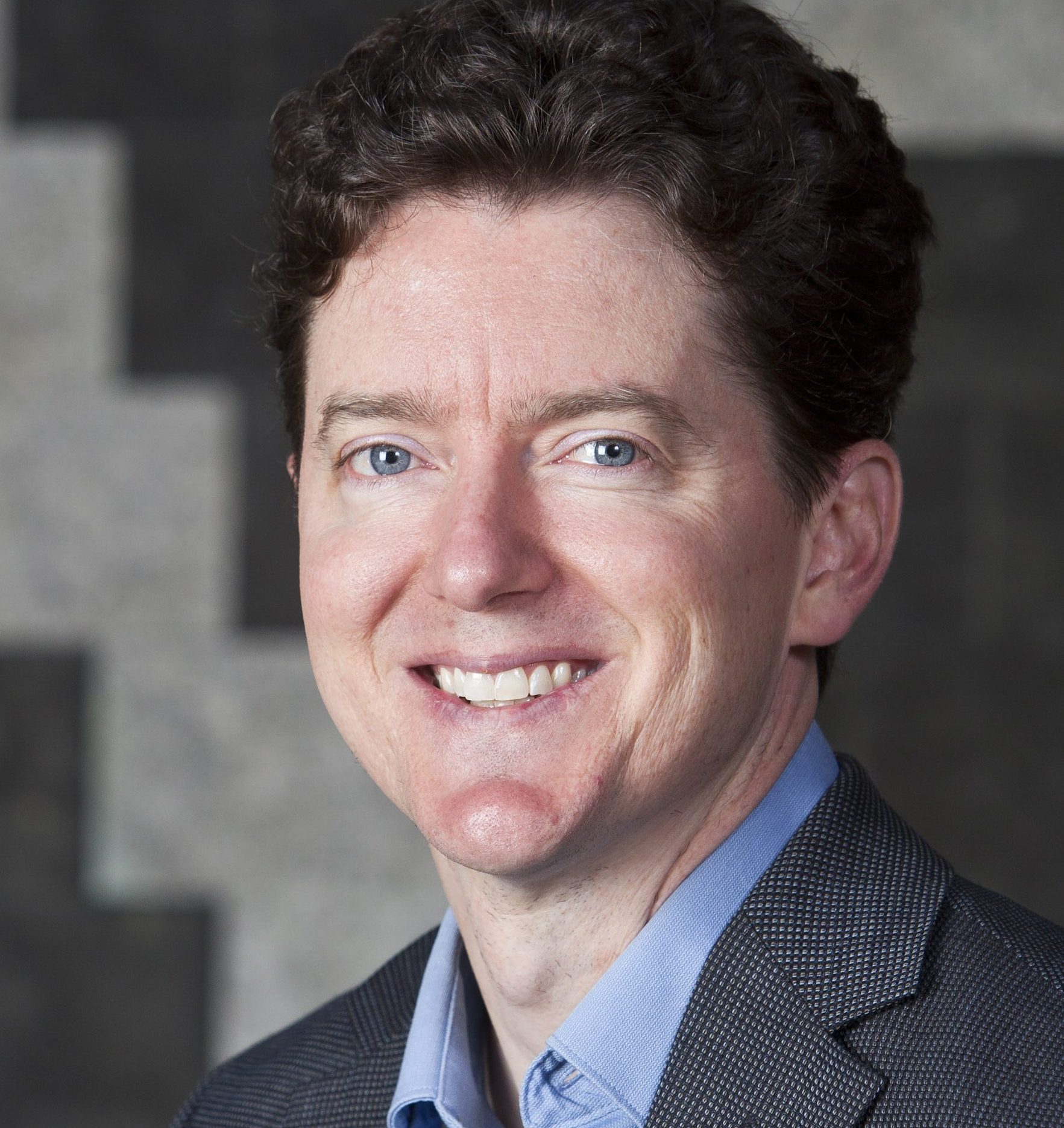 Nonresident Senior Fellow" />
Nonresident Senior Fellow" /> Nonresident Senior Fellow" />
Nonresident Senior Fellow" />
In just a few short years, the idea of free college has moved from a radical idea to mainstream Democratic thinking. President Biden made free college one of his core campaign planks, and one that the first lady has been promoting for years. In his recent address to Congress, the president also signaled that he is ready for legislative action on a scaled-back version of the idea as part of his American Families Plan.
Two weeks ago, the nonprofit College Promise (CP)—led by Martha Kanter, who served as President Obama’s undersecretary for education—also released a proposal that will influence the free college debate. (Full disclosure: I previously advised the Biden campaign and presently advise CP, but have received no compensation for these efforts.)
In today’s polarized environment, the free college idea stands out for its bipartisan support. A majority of self-identified Republicans has supported the notion of free college in some polls. In fact, one of the first such statewide programs was put in place by Bill Haslam, the former Republican governor of Tennessee. While this could go the way of Obamacare, which faced strong GOP congressional opposition despite the law’s origins with Republican Mitt Romney, free college seems different. Biden’s latest plan only applies to community colleges, which focus on career and vocational education of the sort Republicans support, as opposed to universities, which many Republicans view as hostile battlegrounds in a culture war.
But I am less interested in the politics than the evidence of effectiveness. I have studied college access for many years and run two randomized control trials of financial aid, which produced some of the first causal evidence on free college in Milwaukee. Two years ago, Brookings released the first installment of the Milwaukee work, which I carried out with a team of researchers. Since then, we have collected more data and learned more about how students responded over time. Below, I summarize our just-released study (co-authored with Jonathan Mills), compare our results to other financial aid programs, and then discuss implications for the Biden and CP proposals. Consequently, I conclude that the evidence increasingly favors free college and “open access aid” more generally.
I developed The Degree Project (TDP) in 2009 as a demonstration program in partnership between the nonprofit Ascendium (then known as the Great Lakes Higher Education Corporation and Affiliates) and Milwaukee Public Schools (MPS). TDP offered all first-time 9 th graders in half of MPS high schools $12,000 for college as “last-dollar” aid. Students could use the funds for college if they graduated from high school on time with a GPA of 2.5 and a class attendance rate of 90%. Also, as is the norm with free college programs, students had to fill out the FAFSA and have at least one dollar of unmet need. The aid could be used to attend any of the 66 public, in-state, two- or four-year colleges in Wisconsin. Ascendium provided up to $31 million to fund the grant and, as the main program administrator, sent regular letters to remind students about the program and its requirements. The organization also worked with school counselors to support students becoming eligible for the funds and preparing for college.
TDP was announced to students in the fall of 2011. Using anonymized data, we then tracked students’ high school, college, and life outcomes for eight years, and we recently received data extending through when students were roughly 22 years old. As a rare randomized trial, we could estimate the effects by comparing the control and treatment group outcomes. Here is what we found:
Overall, these results suggest that aid is most effective when it is “open access”—that is, aid with early commitment and free college framing, but no merit requirements.
Our study also reviews other research on financial aid, including federal aid, state merit aid programs, and the newer “promise scholarship” programs that mimic free college. Our study is not alone in finding that financial aid improves student outcomes. In fact, the vast majority of the most rigorous studies find positive effects on college attendance and college graduation. Given the strong average benefits of college, we can expect follow-up studies to show effects on employment earnings, voting, and other outcomes.
What about the costs? Open access aid is more expensive to be sure. More students receive aid and the aid levels per students are larger than traditional financial aid. Is it worth it? Our analysis suggests it is. We carried out new cost-benefit analyses of multiple programs, including TDP, but also other actively studied programs in: Kalamazoo, Michigan; Knox County, Tennessee; Pittsburgh, Pennsylvania; and one statewide program in Nebraska. We also used estimates of the average effects of aid taken from prior literature reviews. All of these programs pass a cost-benefit test. That is, the effects on college outcomes, and the effects of college outcomes on future earnings, is much larger than the cost to the government and society as a whole. Moreover, it appears that benefits-per-dollar-of-cost are at least as high with open access aid as with more restricted programs. This means that open access aid provides greater total benefits to the community as a whole.
What do these results mean for President Biden’s and CP’s proposals? The table below provides a side-by-side comparison. The main difference is the level of detail. This reflects that the CP plan was designed to align with, and flesh out, the Biden campaign proposal. Perhaps the only substantive difference is that the CP proposal (and the Milwaukee program) includes private colleges. The Biden campaign documents exclude private colleges, though the American Families Plan just says “free community college,” signaling alignment with the CP plan. Both proposals are clearly in the category of open access aid.

Douglas N. Harris, Raquel Farmer-Hinton, Debbie Kim, John B. Diamond, Tangela Blakely Reavis, Kelly Krupa Rifelj, Hilary Lustick, Bradley R. Carl